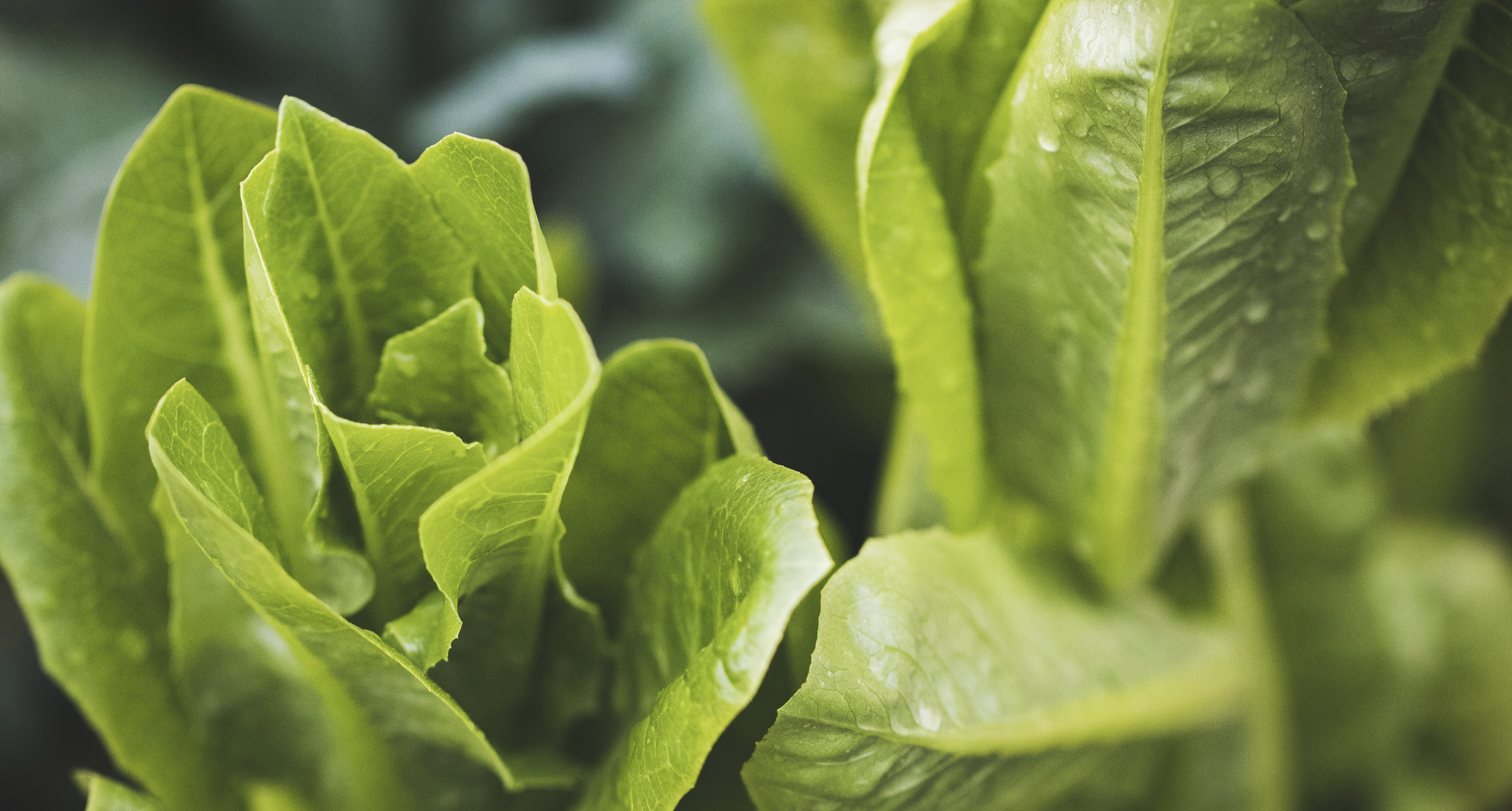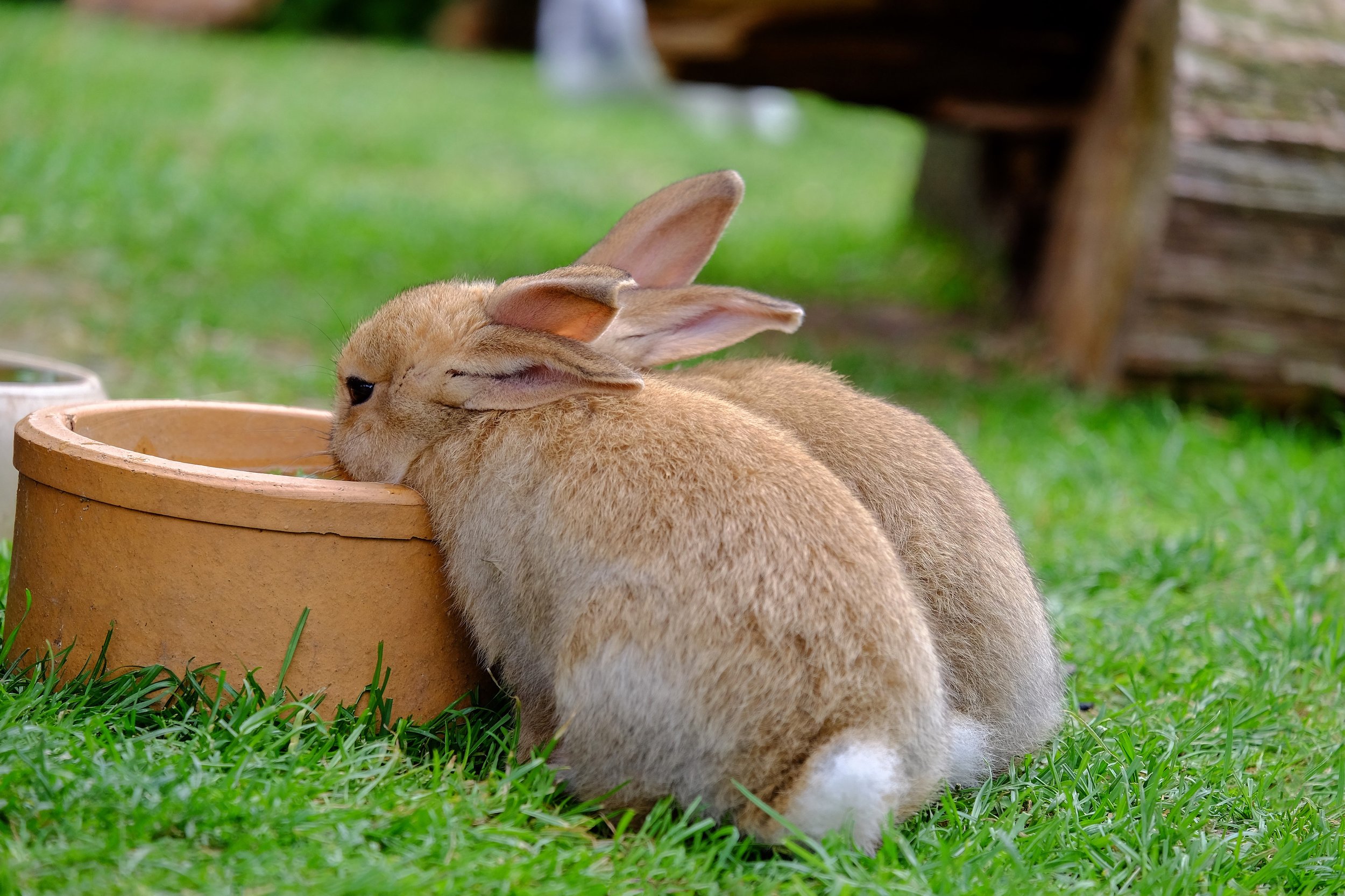
Health & Diet
Diet
Bunny’s ideal diet will be:
Unlimited fresh hay (Timothy hay)
Good quality pellets - 2 suggestions of brands: Sherwood Pet Health & Oxbow Animal Health
Fresh vegetables - Click for a comprehensive suggested veggie list
Supplemental treats here
Water
Bunny needs easy access to clean, preferably filtered water in a ceramic or stainless steel bowl.
A low dish can be preferable. Also just know that some bunnies love to flip over their water bowls (who knows why, it must be fun). If this is the case for yours, you might need to consider a heavier bowl.
Please note that the upside down water bottle type of device (which people use for guinea pigs or hamsters) are NOT recommended for rabbits - bunnies just cannot access enough water using those bottles.
House Rabbit Society (an organization that does AMAZING advocacy on behalf of bunnies) has great articles and resources on rabbit health. You can look up almost any specific issue that could impact a rabbit’s health at this link below.
Eating and pooping
Rabbits constantly eat and poop. If your bunny is NOT eating and pooping it is a critical situation for them and you want to get them to the vet right away. A general rule to follow: If your bunny has not eaten, drunk water or pooped in 6 hours, call your vet and tell them you are having an emergency, this truly is very serious!
Here are warning signs to look out for:
Poop is smaller than usual, fewer poop pellets than usual, or if there is no poop at all
Poop pellets are strung together thickly with hair (from self grooming)
Poops that vary greatly in size and shape (if you have a bunny, you are VERY familiar with what a typical poop looks like)
Bunny poop pellets should be pretty uniform in size and shape
Diarrhea or soft feces
If bunny is acting like their stomach is painful or gassy or bloated, if they seem uncomfortable
Bunny might start to stretch a lot, do lots of yawning, act restless, or stand or sit in a hunched position
Basics of bunny digestion
Things that cause stomach issues for bunnies:
A poor diet: too many pellets, not enough hay OR too many simple carbohydrates or sugars in the diet
Stress - like moving location, illness, change in family life, loss of a companion
Ingesting too much hair (or matted hair) during self grooming
Lack of exercise and play
Long term use of antibiotics
Injury
Dental issues
GI issues can be a vicious cycle … rabbits eat and poop a LOT. If they don’t eat enough, it can alter how quickly their stomach and cecum empties. This can decrease their appetite for both food and water, which can cause the contents of the GI tract to get further dehydrated and impacted. Then the bunny has trouble passing the mass of food/hair - that makes them feel full, uncomfortable, gassy, etc. which makes them not want to eat. Again, if your rabbit’s pooping does not significantly improve within 6 hours, or digestion seems to get worse or stop completely, make sure to call your rabbit vet, or go to an emergency care clinic (preferably one that is familiar with rabbit emergencies).
How a rabbit vet can help with GI Stasis
They will take X-rays to see if there is an obstruction
Examine teeth to see if dental issues are causing pain
Inject subcutaneous fluids under the skin, or intravenous fluids, to help hydrate
Offer drugs to get the GI tract to move
They might use Propulsid (Cisapride) or Reglan (Metaclopramide) - you need a prescription for either of these AND you need to know how to administer
Use antibiotics to address an infection (common ones used for rabbits are Flagyl, Bactrim, and Baytril)
Syringe feeding. Your vet can teach you how to syringe feed your bunny. It's a good idea to keep a supply of Critical Care on hand ~ this is a high fiber recovery food mash that you can use to syringe feed or offer on a plate
What to expect for recovery: Vets advise us to be patient, and allow some time for bunny to recover from any health issue, allowing the medications or treatments to work their magic. Continue to provide supportive care until your bunny is FULLY recovered. It could be several days before you see poop and maybe several weeks until bunny seems back to normal. Don’t stop giving medications or therapies without consulting your vet. Take it all seriously. Bunnies are very sensitive.
Consider bring your bunny’s companion animal with you for moral support when you do a vet visit, as separation can cause them stress, and that can make matters worse.
Medicating your bunny
Rabbits are very sensitive and can be easily stressed.
Your vet will likely show you how to give pills, do eye drops, or syringe feed your bunny. However, it is not uncommon for a rabbit to be model patients while at the vet and then put up quite the fuss when they’re at home receiving the same care. You and your bunny will need to work out your routines.
Here’s some advice on making things easier on you both:
Location. Figure out the best place to give them meds. Sometimes a bunny is more relaxed on the floor, while others will hop away the second you start messing with medications. Some rabbits do better with being medicated on a table, bed, a countertop, or in your lap. If they are on a table, make sure they can’t fall or encounter any glass or cutlery or sharp objects. (This might go without saying, but you don’t want to ever leave a bunny alone on top of a counter where they could fall or get into something not safe for them.)
Prep your location. Have all your supplies ready and at hand before you start … have a towel for doing the bunny burrito (see below), medication, syringes, and treats for when you are done. You want to have everything prepped and ready to go, so measure the medication, load up your syringe, unscrew tops off of the meds, etc. ahead of time. You’ll want both hands free when medicating bunny!
Oral Meds: Some oral medications are very bland tasting, others can be very bitter, some come fruit flavored! Some bunnies will swallow anything, but others can be fussy. If your vet has proscribed medication in liquid form, here are some suggestions for dosing:
Put the liquid in a small dish right next to bunny and offer it like a treat - some bunnies will be curious and lap it right up!
Try mixing the medicine with a small amount of your bunny’s favorite snack, something scrumptious like a ripe peach, oatmeal, a banana, strawberries, applesauce, jam, honey, fruit flavored yogurt...
If you have to give more than one medication at a time, try mixing them together, along with the treat.
Try feeding it on a flat plate, rather than a bowl, because this helps any “medicine” smell to dissipate.
You could try feeding bunny with a spoon, little bits at a time.
If you need to give meds or food in a syringe, here are some tips:
Measure out the liquid medication in the syringe first.
Place bunny with their back end tight against your chest or stomach.
With your left hand, hold the syringe, and bring it around bunny’s face on the right side.
Put the syringe behind bunny’s front teeth and slowly depress the syringe, letting your bunny swallow the liquid at their own pace.
For syringe feeding, you can mix Oxbow Critical Care with warm water and spoon this into the barrel of a 35 ml catheter tip syringe. You can insert the tip of the syringe into bunny’s mouth and give 2-3 mls at a time. OR you can use a larger syringe to fill smaller 10 ml or 1 ml syringes, to make small doses easier.
Bunny Burrito
Bunny burrito: Bunnies who are very squirmy or who tend to nip at you or run away may need to be wrapped in a towel. You’ll want to practice wrapping up your bunny burrito… The general idea: put them on top of a flat towel and wrap it around the legs and body. Wrap them securely, but not too tightly. Wrapping diagonally, from the shoulder to the hip, can help keep the towel secure. Another approach is to put the towel over the rabbit, then pick them up from behind, and wrap the towel around the hind legs and belly.
You’ll find the right bunny burrito method for you. The important part is not to do this when YOU are stressed out, as this will stress out your bunny too. Talk to your friend while you practice, tell them what you are doing and praise them for being a cooperative and adorable bunny burrito.
Most important is to stay calm, make it fun and sweet and a positive experience for both of you. Bunnies like it when you sing little songs, kiss their nose, rub the ears … just be encouraging and end it all with a treat and praise, which signals that the routine is over. The bunny burrito experience is all easier if you get your routine down. Try to do things in the same order, ideally in the same location every time. That way bunny gets a sense of what to expect and isn’t living in a state of anxiety, expecting to get medicated at any moment.








